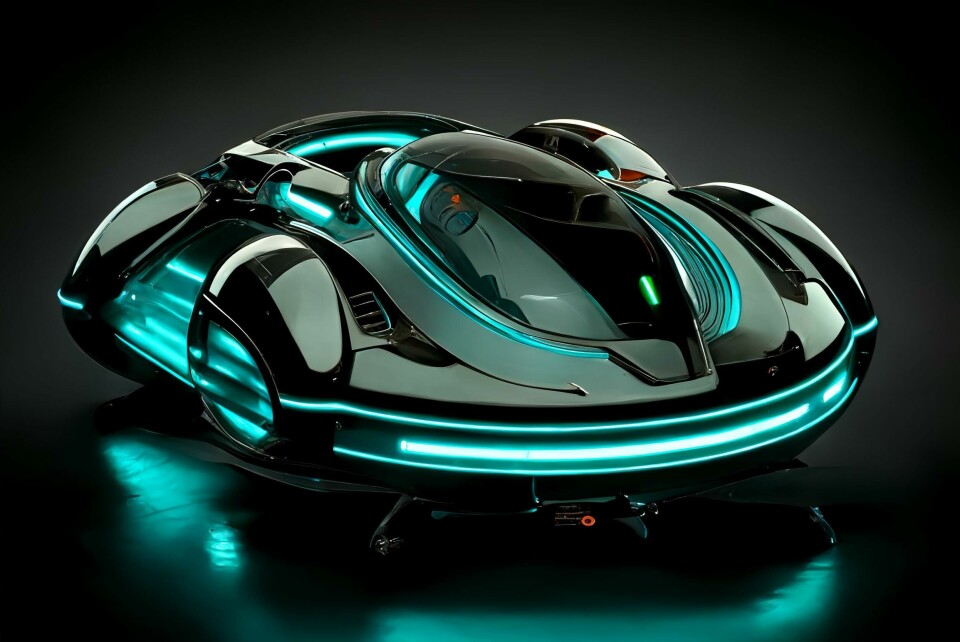
Artificial intelligence and the car designer of the future
Artificial intelligence is widely seen as an existential threat to designers (and indeed many other professions). But as CDN’s Karl Smith writes, we may not need to fear the algorithm
The genie is out of the bottle.
Artificial intelligence, once a concept confined to science fiction novels and mainframe supercomputers, has emerged this past year as a force to be reckoned with, as programs like ChatGPT, Dall-E, MidJourney, and Stable Diffusion challenge human dominance of many creative and technical professions.
You would have to be living in a deep, dark cave to miss the hand-wringing, the furious debates and the shifting of academic and professional foundations in everything from universities and publishing houses, to design studios of all types. Certainly, automotive designers have not been spared from these debates.
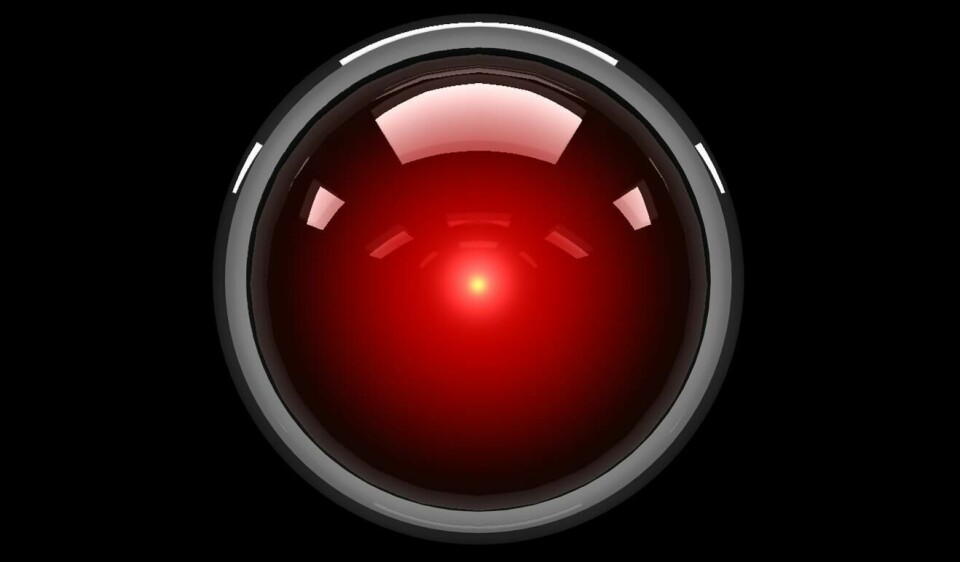
In many a studio, designers have been wondering if they will be replaced by AI, which, in theory, could create infinite possible solutions for an automotive design problem. However, in many of the recent design experiments by seasoned automotive design professionals, the AI produced less-than-stellar results, often relying on Photoshop or other image retouching programs to bring about a satisfactory result – and even those are rather generic.
The programs are still in their primitive stages, and need to grow exponentially more sophisticated in terms of technological knowledge, modelling and rendering quality before designers will lose their place in the studio
Still, these programs, even when they produce awkward proportions or misshapen wheels and headlights, do generate interesting variants that often shake up the discussion and carry it off in a new direction. In our discussion with Michal Jelenik last year, he noted that “AI certainly holds the possibility of opening up an enlarged ideation stage – I’m thinking of the ‘mood board’ or ‘vision board’ stage. There are possibilities at later design stages as well. Many designers think this could be the end of their careers. But actually, it opens new positions in design fields of all types.”

So if you are worried about losing your job to AI, do not fret. The programs are still in their primitive stages, and need to grow exponentially more sophisticated in terms of technological knowledge, modelling and rendering quality before designers will lose their place in the studio. But already, in the ten months or so that these programs have been widely available, the realism and ingenuity of their projections have become very impressive indeed. Designers, like teachers, artists and, yes, journalists, have reason to be concerned.
The Nightmare Scenario
The fear among the creative and technical teams at automakers everywhere is the nightmare scenario that looks something like this:
Late 2038, a committee meets to put the finishing touches on the design of a family sedan that will present a new design direction for the coming 2040s. Small teams, less than five people each, have worked with “Zora”, the company AI quantum computer. Zora has, at last, brought together its massive understanding of marketing trends, engineering, government regulations and compliance, interior design, manufacturing and exterior design, into one massive algorithmic design package.
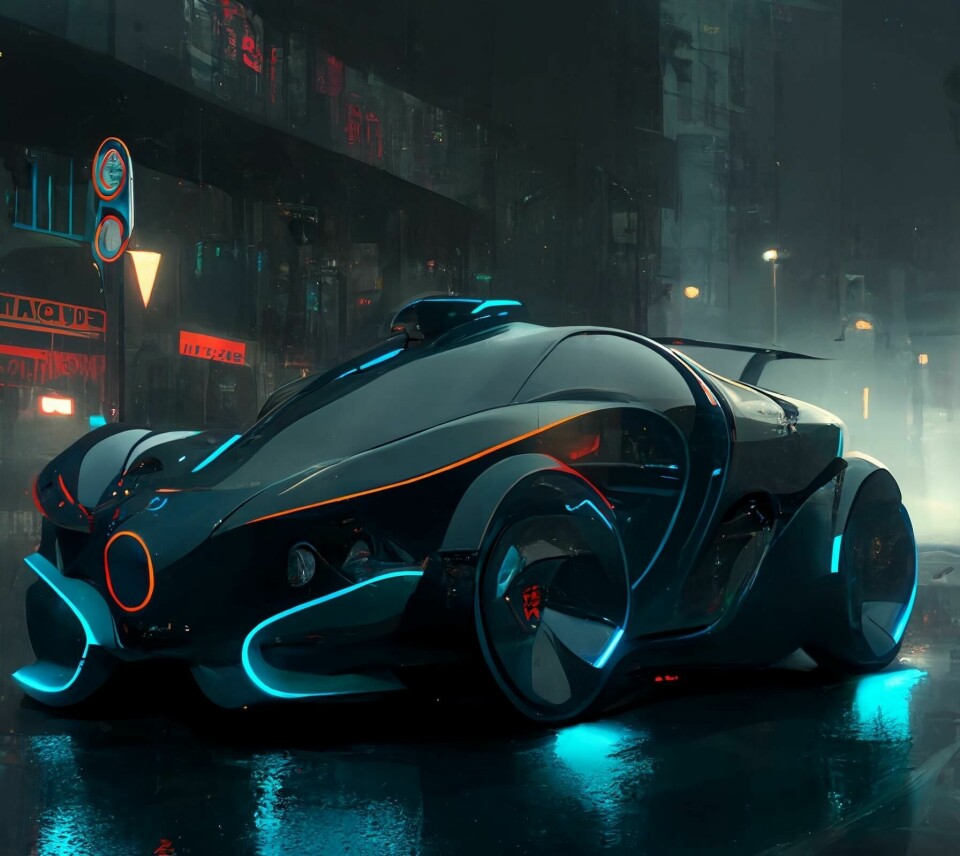
Over a long weekend Zora has created three options for the Product Planning committee to review. The designs, predictable in the evolution of the prevailing design trends and brand aesthetic, meet the requirements. But all three seem strangely hollow, lifeless, good enough to sell, but not good enough to excite, and certainly not good enough to show off to the neighbours when you drive it home.
The committee meets, is not impressed with these new design directions, and considers the ultimate move of desperation, hiring a human design team.
A nightmare scenario indeed. Designers, along with engineers, marketing and branding professionals, all replaced by a powerful AI computing infrastructure that analyses everything from packaging and engineering to marketing and design, replacing entire teams of professionals. A design process compressed from months and even years into a single weekend. Passion replaced by an algorithm, maximising shareholder value, but leaving so much to be desired.
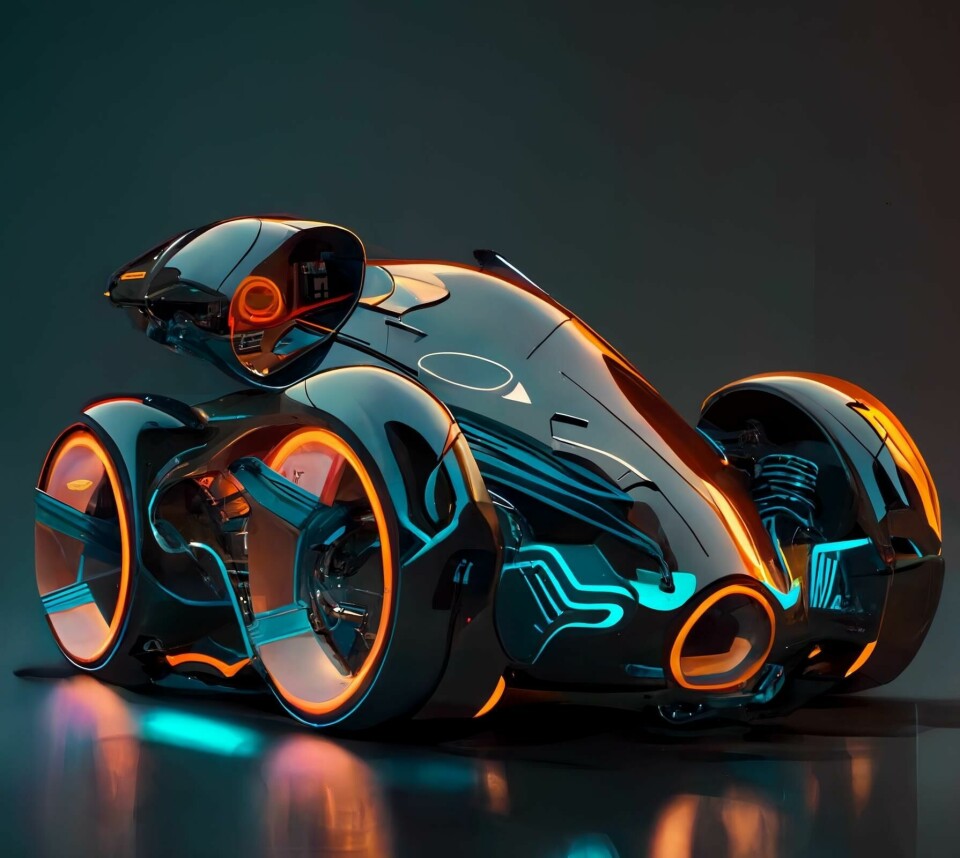
Hopeful future?
But this doesn’t have to be the future of AI, or for that matter, the automotive design profession. Creating artificial intelligence systems that complement the work of designers would leverage and greatly enhance the power of the human factor in design. Imagine this, more hopeful, scenario:
Late 2038: Sara, the new designer on the team arrives at the studio for her first day. As part of the orientation, she is assigned a personal AI design assistant, “Josh”, that will support her as she prepares initial sketches for a new sedan that will define the brand for the 2040s.
Over the next few weeks she will interact with Josh as she works through the program – the packaging, the hard points, the branding touchpoints and identifiers. She debates approaches with Josh, coordinates her design with his suggestions, drawn from cultural touchstones all around them. Some suggestions are incorporated into the design, others are set aside for other projects.
In the end, she will present a radical new sedan concept with a new brand identity. Its virtues (and shortcomings) are debated with other team members-each with their own AI design assistant. What emerges from the process is a design that critics will, in later years, credit with reviving the sedan format, which had nearly died away.
And Sara and her human team members would get all the credit. The machines quietly work in the background – essential, but invisible.
A case study from the past
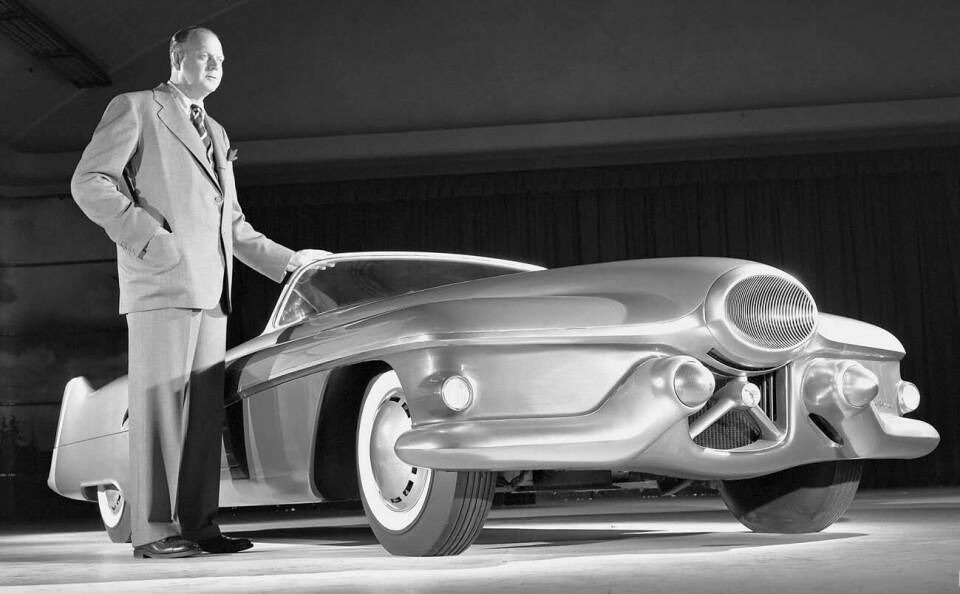
If you are looking for a model for the designer of the future, a look to the past would be instructive. Harley Earl, the legendary vice president of design at General Motors, led that company’s design direction, across multiple brands for 31 years, from the late 1920s until the late 1950s. His career started in Hollywood at the family coachbuilding works where he developed a keen eye for design and an encyclopaedic knowledge of cultural trends, from fashion to vehicles to home decor.
The future of all the design professions involves an encyclopaedic knowledge of multiple disciplines, along with interdisciplinary thinking in addition to those traditional skills learned in design school
Two things Earl was not known for: his draughtsmanship and rendering style. He never drew a line. He hired the best designers, though, and critiqued their work with brutal honesty and efficiency. Woe betide the designer that did not follow through on a command to lower a roof a quarter of an inch, or a fender by an even lesser amount. Only the foolish would dare to slide a design change by him without his approval. Earl had an idea of what a vehicle should be and was exacting in his vision and its execution. He had a sharp eye for even the smallest detail. His curatorial skills were legendary, perhaps the best the industry has ever seen.
“But”, you say, “I don’t want to be an editor or a curator, I want to design.” You will.
Design, sketching, and modelling will still be essential skills in the future. But they will be combined with a very robust knowledge of fashion, architecture, interior design, and product design, engineering and material science to name only a few disciplines which will be essential for a design career in the future. In addition, you will have to develop a sharp curatorial eye.
“Who can know all that and do all that?” you ask. You will. You must.
A new era of technology and artificial intelligence will place unprecedented demands on the automotive design profession
The future of all the design professions involves an encyclopaedic knowledge of multiple disciplines, along with interdisciplinary thinking in addition to those traditional skills learned in design school. It will involve either a second degree, or multiple certificates, or vast amounts of smaller training courses, but it must be done.
Artificial intelligence can enhance this knowledge and augment our skills to create very powerful design teams, but we must be way ahead of it- not for the sake of raw data and information- even today’s computers can beat us there- but for the cross-disciplinary and cross-cultural references that such learning can bring us- and that we, in turn, can bring to design.
A new era of technology and artificial intelligence will place unprecedented demands on the automotive design profession. There must be the highest commitment to excellence – anything less will condemn us to serving the machine overlords. As Elon Musk once quipped about AI anxiety, “It’s great when the emperor is Marcus Aurelius. It’s not so great when the emperor is Caligula”.
Let that sink in for a moment. Then choose: up your game or get out of the profession. One thing is for sure: Artificial Intelligence will not sit idle, waiting for us to decide the way forward.
Footnote: The illustrations in this article were created in MidJourney using the prompt, “’X’-type vehicle in the style of the lightcycle from Alejandro Jodorowsky’s 1976 film Tron.” Never heard of this film? That’s because it doesn’t exist. I wanted to throw MidJourney a curveball. The images are unedited, right out of MidJourney, no Photoshop.






